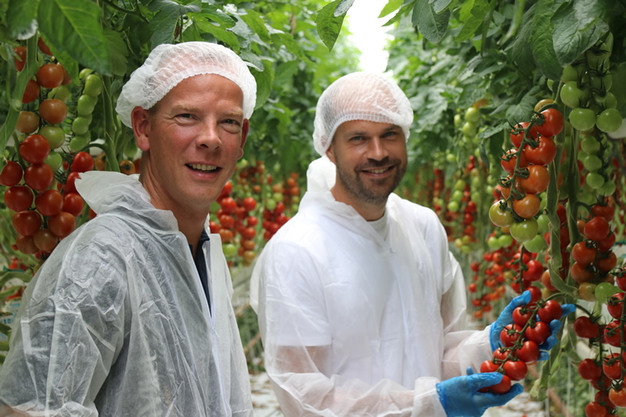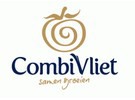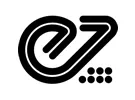For tomato growers, HREZ by Enza Zaden is a step that makes a big difference in the fight against ToBRFV. The collection includes High-resistance varieties in all the major tomato types, including large plum (roma), beef, baby plum, cherry, cocktail, and vine tomatoes. The first crucial hurdle has been successfully cleared – but what's next? We talked about it with Robert van den Ende, Location Manager at tomato grower CombiVliet.
With locations in the Dutch Westland region and the provinces of Zeeland and North Holland, Normandy (FR), and Brazil, CombiVliet's total growing area covers about 150 hectares. Like most tomato growers worldwide, they have also struggled with the ToBRFV virus in recent years. "So from the start, I have been closely following developments in the area of High Resistance varieties at Enza Zaden," explains Robert van den Ende. "They were the first to get this far, and now we are reaping the benefits. There haven't been any losses, and we were very satisfied with the results at the end of the year. HREZ was a good choice for us."

The transition to new varieties is one you don't take lightly. Van den Ende: "Normally, you go from a small trial section to a row, to a bay, to a greenhouse; then you are four years further along before you take the complete step. In this case, we made the complete transition in two years. So we took a bit more risk than usual, but that's simply because the need for high-resistance varieties was so great." Moreover, the fact that the High Resistance from HREZ is crossed on the basis of one dominant gene means that existing variety characteristics change only very slightly, which gives you additional confidence.
Rootstocks and even better varieties
The responses to HREZ have therefore been very positive, but we're not done yet. First of all, in the coming period, it is extra important to introduce the high-resistance varieties accurately. Because the virus can still multiply in susceptible rootstocks, Enza Zaden has been working hard to find a solution for that, as well. With the recent introduction of the first HREZ tomato rootstock, the breeding company has succeeded in tackling this challenge. As a result, the natural defense mechanism now covers the entire plant, and it is protected from the lower rootstock to the scion. Nevertheless, adequate phytosanitary measures and, above all, a clean start remain crucial.
In addition, further improving the HREZ varieties in terms of production, shelf life, and taste is important. Enza Zaden's primary focus has been to cross the resistance into existing material; now, it's time to look ahead. Van den Ende: "The way we see it, of course, is the more highly resistant varieties there are, the better. It means that as a grower, you have more options, after all. But we won't switch to a new variety as quickly as we did this time: there is no such urgency now. Of course, small improvements are still needed in a number of areas, but the current Enza Zaden varieties perform well enough to go back to taking the normal amount of time to continue looking into another possible variety."
Partnership
The way in which Enza Zaden involves growers in the process of developing new varieties is very much appreciated by Van den Ende: "You can participate in assessment in earlier screenings than usual. As a result, things that are important to us as growers come to light sooner. The sooner you know things, the faster you can make informed choices. This way of working has also greatly strengthened our relationship with Enza Zaden. In the end, you have to see the cultivation performance with your own eyes. A breeding company can say anything about the qualities of a variety, but I only really believe it when I've seen it with my own eyes, in practice!"
 For more information:
For more information:
CombiVliet
[email protected]
www.combivliet.nl
 Enza Zaden
Enza Zaden
[email protected]
www.enzazaden.com










